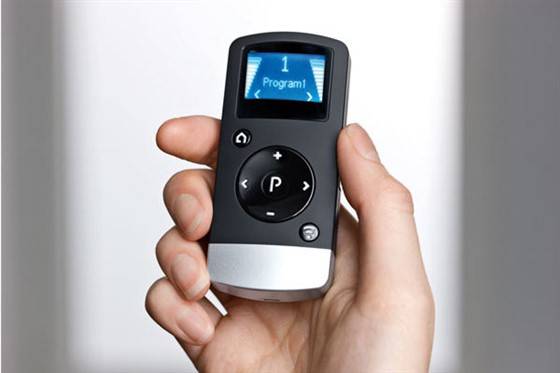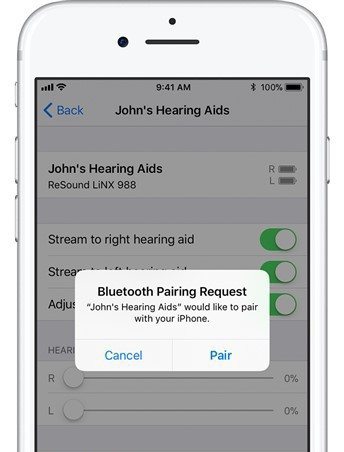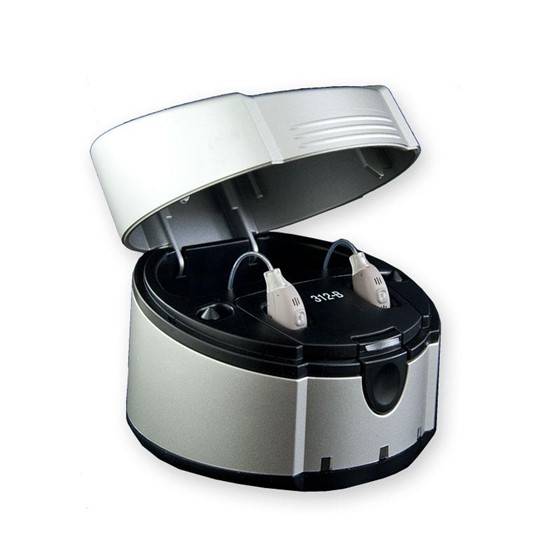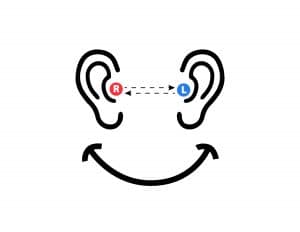User friendly features in advanced hearing aids have increased acceptability and usage among the deaf and the hard of hearing. Recent advances in hearing aids have encouraged brands to release new models with new features and options.
In this blog, we will discuss the 9 useful features in advanced hearing aids. These features help in improving the quality of speech and convenience for the user. In one of our previous blogs, we had listed the 6 must have features in basic digital hearing aids.
Advanced Hearing Aids – A boon for the Hard of Hearing
Before the arrival of advanced digital hearing aid technology, the acceptance of hearing aids was low. The major reasons being, the big size, poor quality of speech, squealing or acoustic feedback, and the limited features.
The use of advanced digital hearing aid technology has solved most of the problems. The miniaturization of digital circuits enables manufacturers to make smaller hearing aids. Digital technology has also changed the way the circuit process speech or sound signals. Resulting in better sound quality, lesser background noise, and many more user-friendly features.
The useful features in advanced hearing aids explained below will help the hard of hearing to communicate effortlessly. With an increase in speech clarity and the use of small invisible hearing aids, a person’s hearing disability is hardly noticeable.
1. How Does A Remote Control Help in Digital Hearing Aids?

Remote Control is one of the most convenient and useful accessories for a digital hearing aid user. The hearing aid user does not have to struggle with the small volume button or the program change button on the hearing aid to change the settings.
The hearing aid user can operate the buttons discreetly using the remote control. It is a great help for senior citizens with unsteady hands. Changing the settings using a remote control is much easier than struggling to locate the buttons on the small hearing aid.
Having a remote control with an in the ear hearing aid is a major advantage as buttons or switches are not provided in the latest models of ITC, CIC, and IIC.
2. What is Wireless & Bluetooth Connectivity in Digital Hearing Aids?

Bluetooth connectivity in advanced hearing aids is a very useful feature. Hearing aid users find it difficult to have a phone conversation, at times the hearing aid starts squealing or emitting acoustic feedback or the user hears a continuous buzzing sound due to the interference of the electromagnetic signals of the cell phone.
Bluetooth connectivity in Digital Hearing aids eliminates both the problems as the smartphone connects directly to the Hearing Aid. The conversation is absolutely clear without the buzzing disturbance or external noise. The user can control the volume and other features from the smartphone.
The wireless feature in advanced hearing aids can also connect to your TV, iPod, or other musical devices if they have a Bluetooth option or a streaming device.
3. What is Automatic Acclimatization in Advanced Hearing Aids?
Automatic Acclimatization is another useful feature in advanced hearing aids which makes life simpler for the hearing aid user. Digital hearing aids can be tuned or programmed to perform in different situations, the user can select options like speech in noisy or speech in silent surroundings.
In a basic digital hearing aid, the user has to physically press the program change button for the required situation, in an advanced digital hearing aid, the digital circuit detects the situation and automatically changes the program without the user having to press any button. The hearing aid user can move from one situation to another and get the benefit of the best settings.
4. How Do Rechargeable Batteries Help in Hearing Aids

Rechargeable hearing aids or rechargeable battery features in advanced digital hearing aids save a lot of trouble. As one does not have to keep ordering or repeatedly visit the hearing aid dispenser to buy batteries. With batteries running out within days, one needs a constant supply of single-use batteries.
This feature is very helpful for the elderly who are staying alone and do not venture out much. Plug the digital hearing aids into the battery charger at night before retiring, and find them fully charged and ready to use by morning. Do check out the pros and cons of rechargeable hearing aids.
5. What is Binaural Communication Or Binaural Synchronization in Advanced Digital Hearing Aids

Binaural Communication or binaural synchronization is a useful feature for those who use two hearing aids or binaural hearing aids. It is a must for people who are socially active and attend meetings. In this mode, the two hearing aids are wirelessly connected to each other or they communicate with each other.
The speech picked up by the hearing aid on one side is passed on to the hearing aid in the other ear. Hearing in both ears improves the spatial sense of the user and reduces the chances of missing out on the speech. Another advantage is that any change in settings of one hearing aid is automatically communicated to the other hearing Aid.
6. What is Data Logging and Self-Learning in Advanced Hearing Aids
Advanced hearing aid technology enables the hearing aid to store or log information about the user’s listening habits. The hearing aid saves the data about the user’s preferred volume or program settings.
The audiologist downloads the data and checks whether the user is happy with the settings or changes the volume or the program setting often. Accordingly, the hearing aids can be reprogrammed for the best possible settings so that the user does not have to change or fiddle with the settings repeatedly.
Some advance digital hearing aids have a self-learning feature. Based on the usage habit data collected by the hearing aid, it will automatically change the settings without a visit to the audiologist.
7. What is Frequency Shifting in Advanced Digital Hearing Aids
Frequency shifting or Frequency Lowering is a very useful feature for people with severe High-Frequency Hearing Loss. Even if the hearing aid is programmed to enhance or boost the high frequencies, the user still finds it difficult to understand as the ear’s response to certain high frequencies is very poor.
In the frequency lowering mode, the hearing aid converts the high-frequency signal to a lower frequency where the user’s ears are more responsive or they can hear better.
8. What is Wind Noise Reduction in Advanced Digital Hearing Aids
Wind noise reduction in advanced Hearing Aids helps reduce the continuous sound of wind blowing over the hearing aid. This is common if one is outdoors on a windy day or a bike. The continuous hissing sound can become irritating and can make listening difficult.
The normal noise reduction feature in the hearing aid is not very effective in reducing wind noise. The wind noise reduction feature effectively cuts out the wind noise.
9. What is Music mode in Digital Hearing Aids
Music mode in advanced hearing aids is a useful feature for those who love music. A basic hearing aid processes the music signal similar to a speech signal, the upper-frequency range of most hearing aids is 4000 Hz to 6000 Hz.
These hearing aids will not amplify musical instruments producing frequencies above this threshold which often spoils the sound. True lovers of music give up listening to music as the music sounds dull. In the music mode, the advanced hearing aids process the musical notes differently and also extend the frequency response which makes listening to music an enjoyable experience.
Advanced hearing aid technology is making hearing aids more acceptable, elders with hearing loss should be encouraged to use hearing aids as untreated hearing loss causes psychological issues and can also cause dementia and Alzheimer’s disease.
Reference:
Data logging explained

